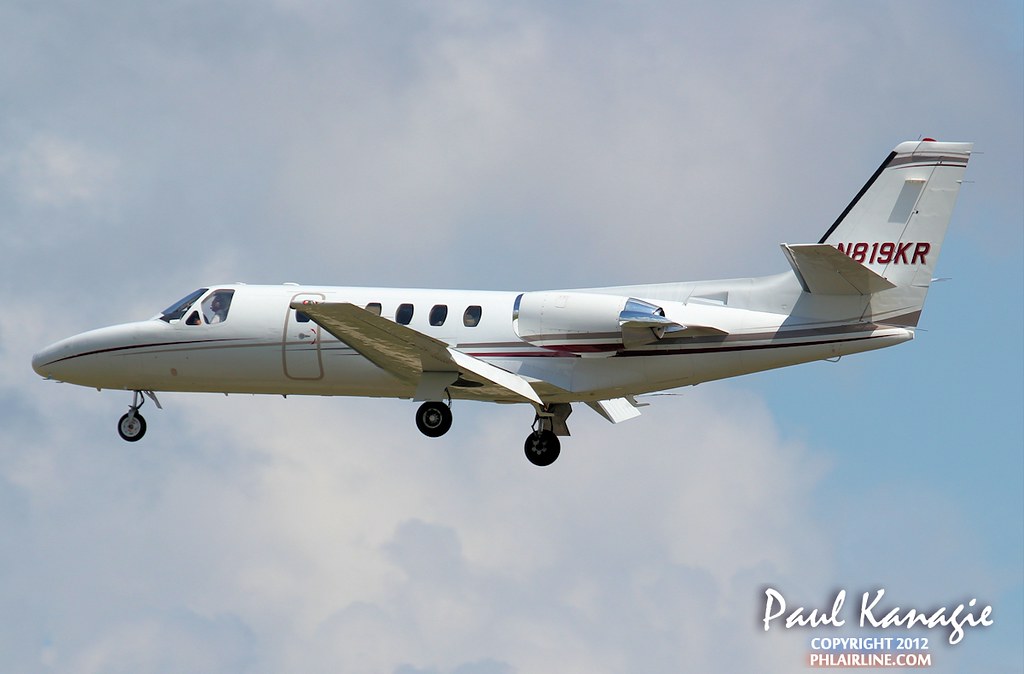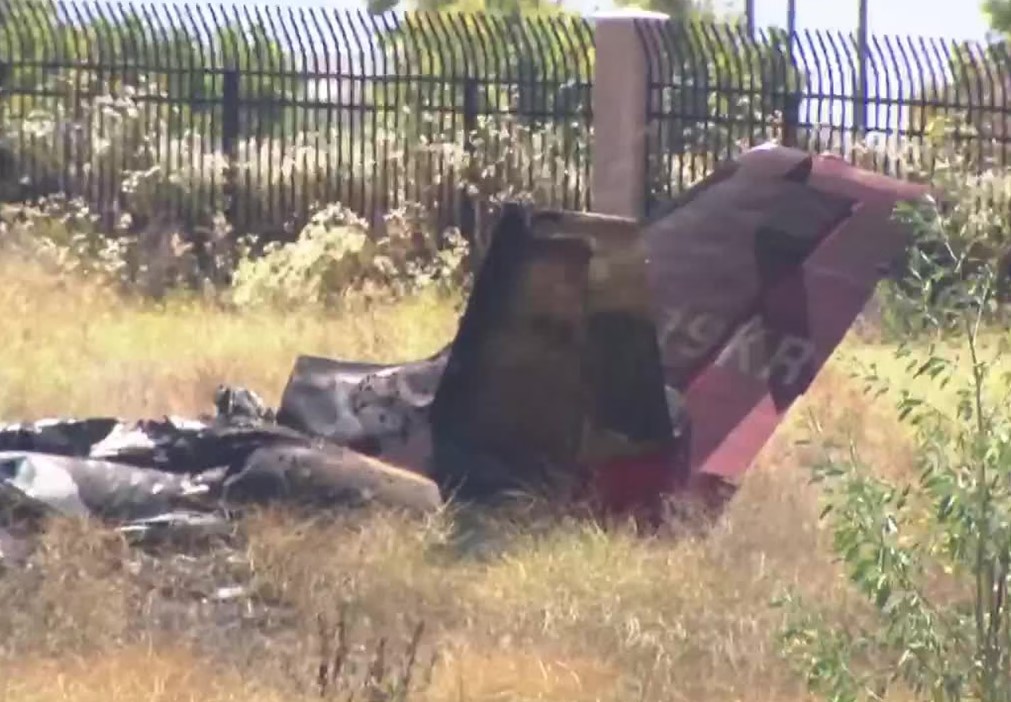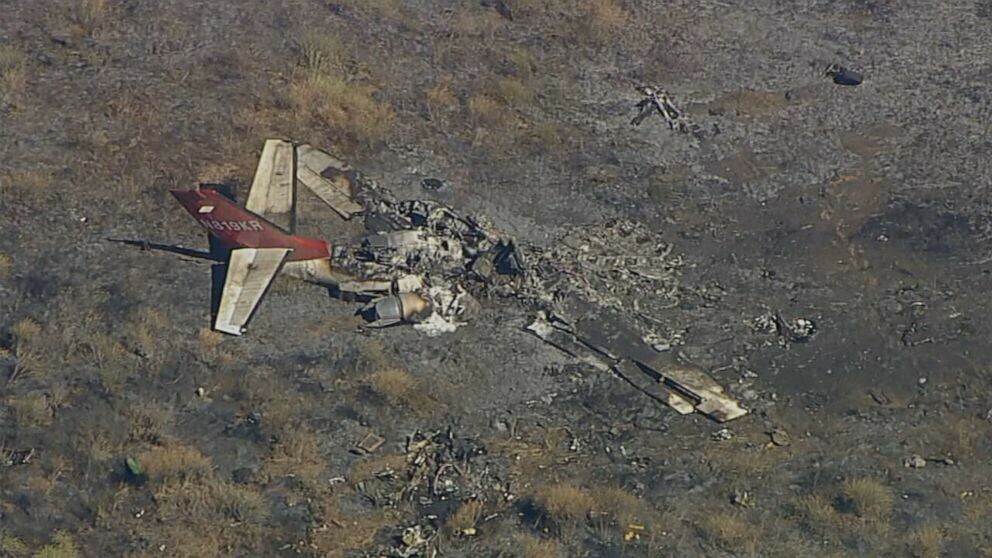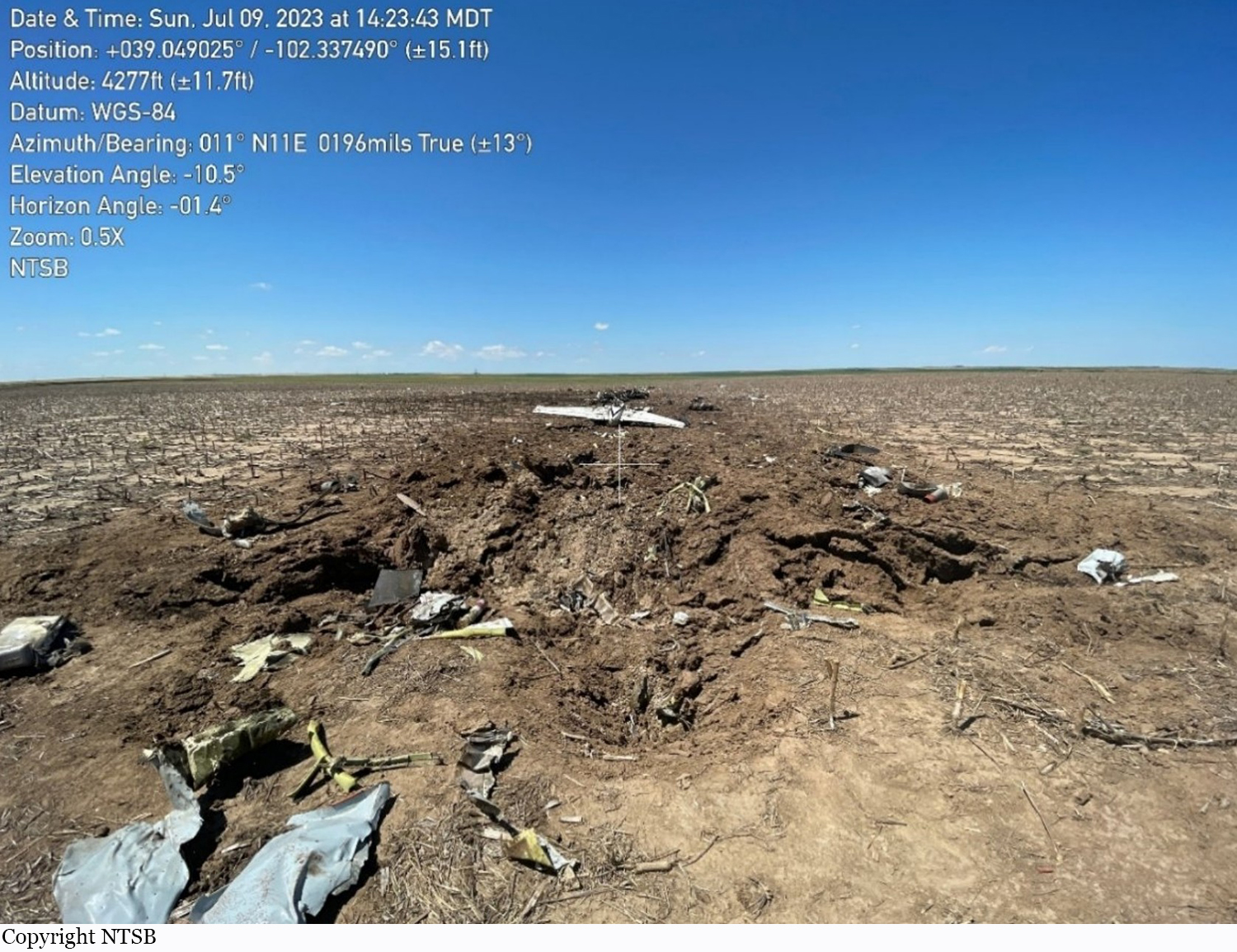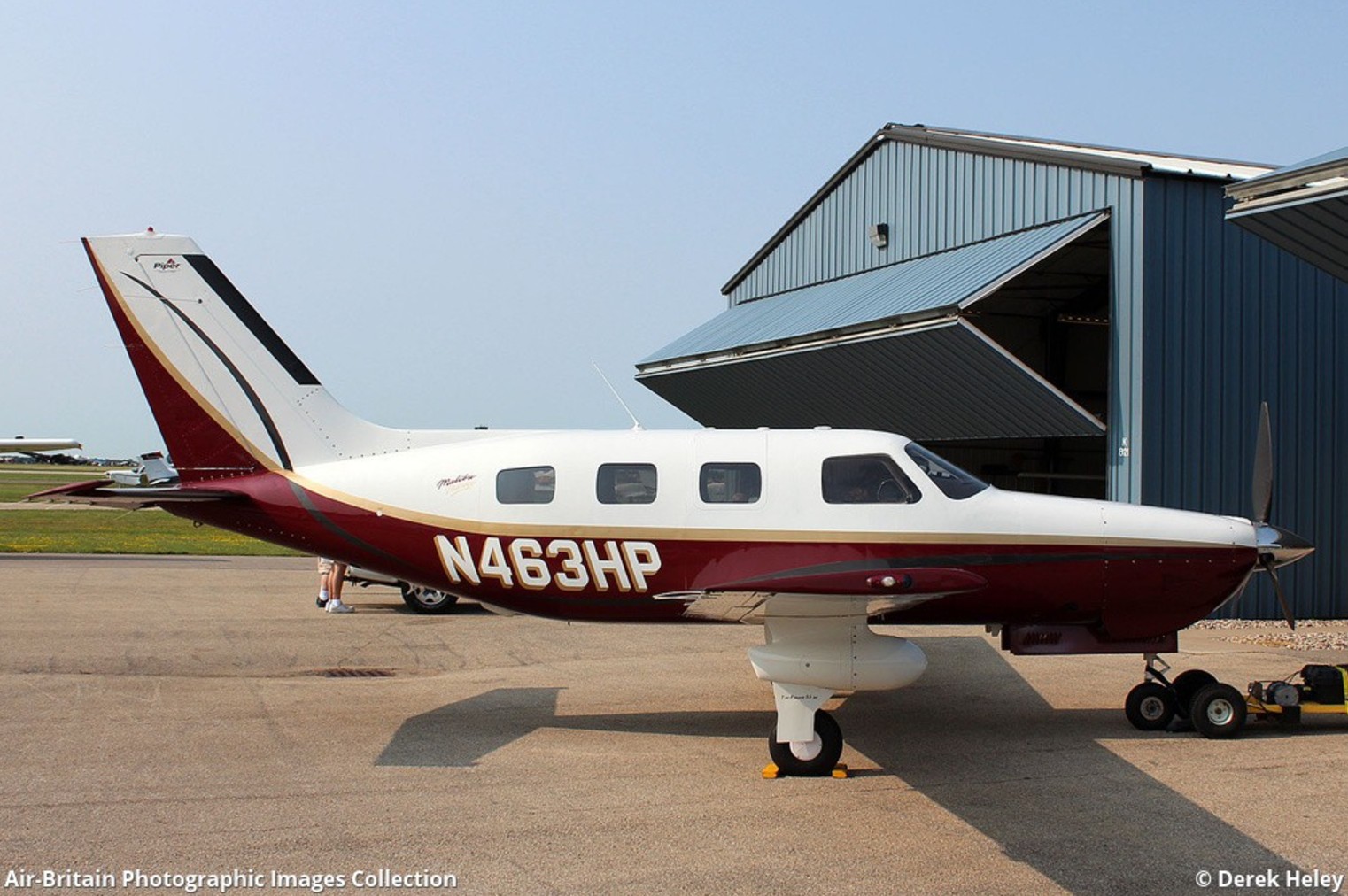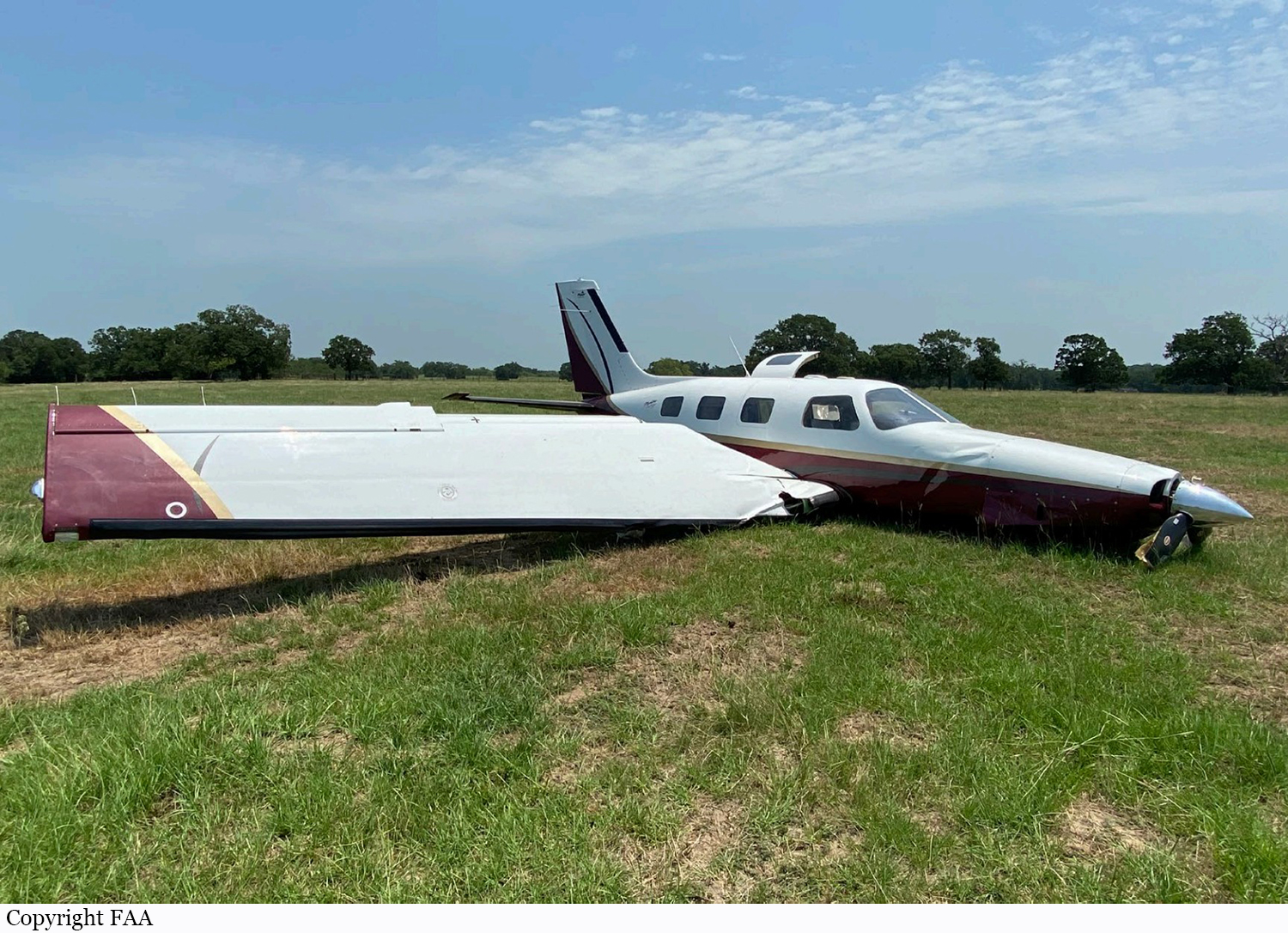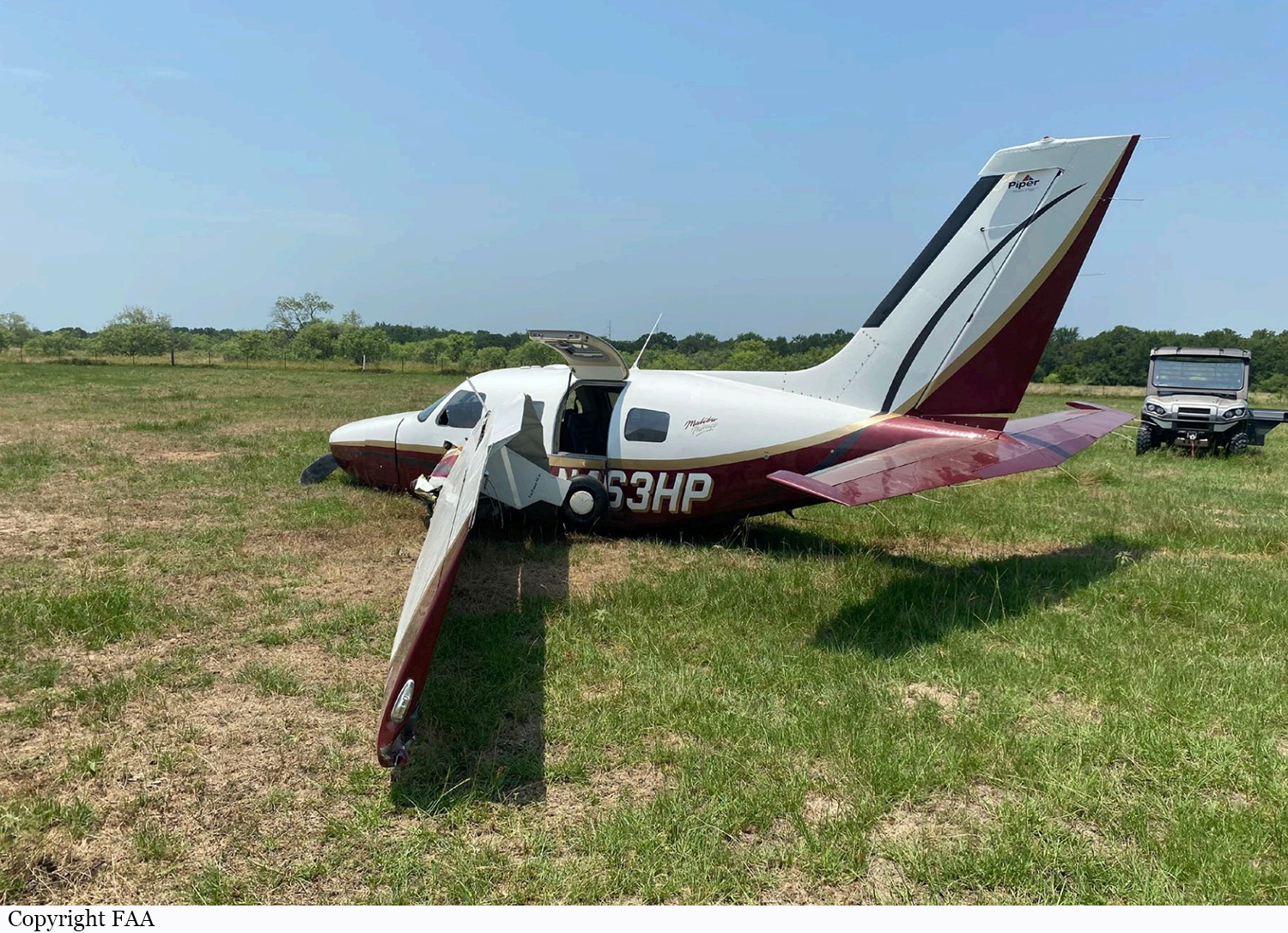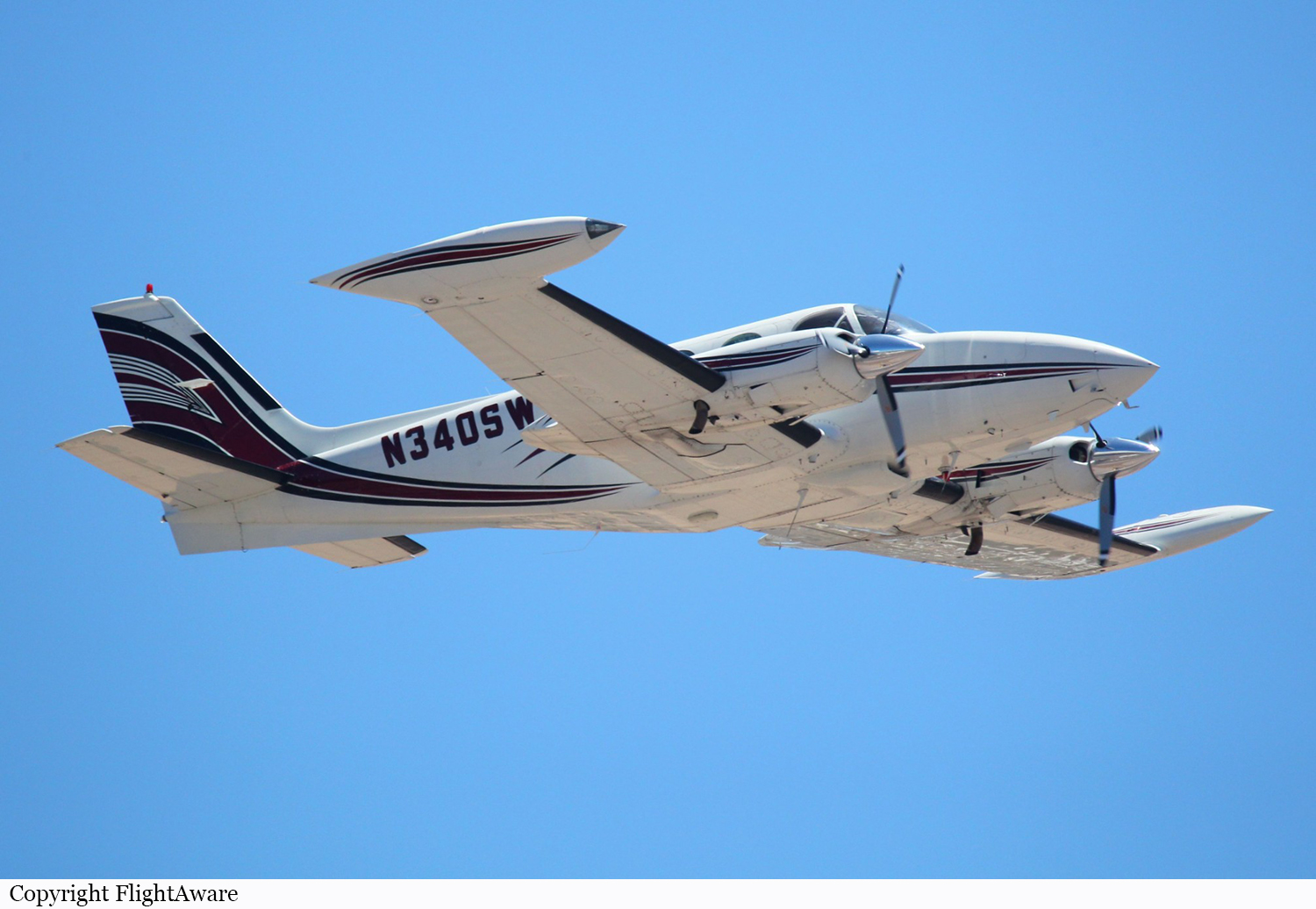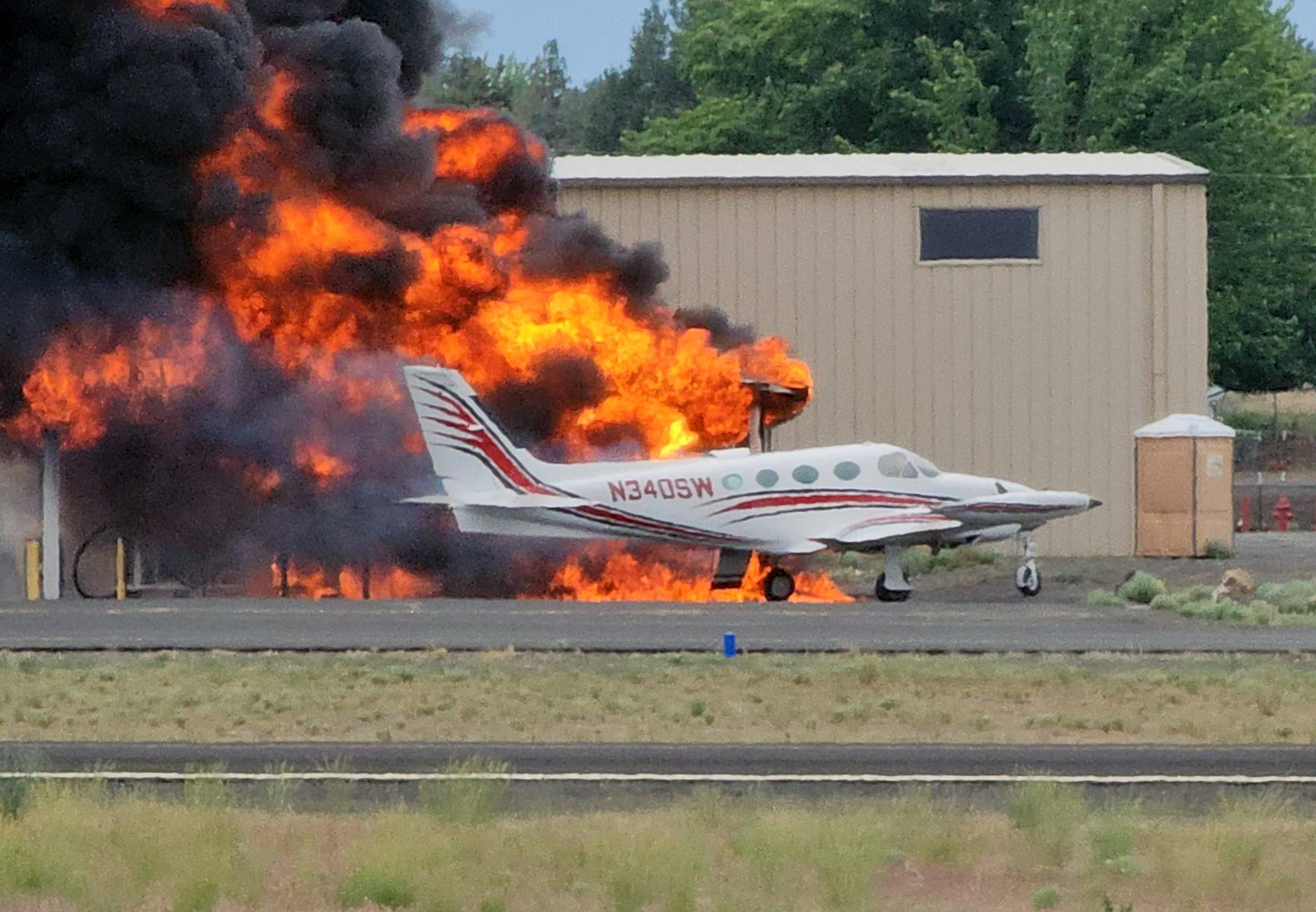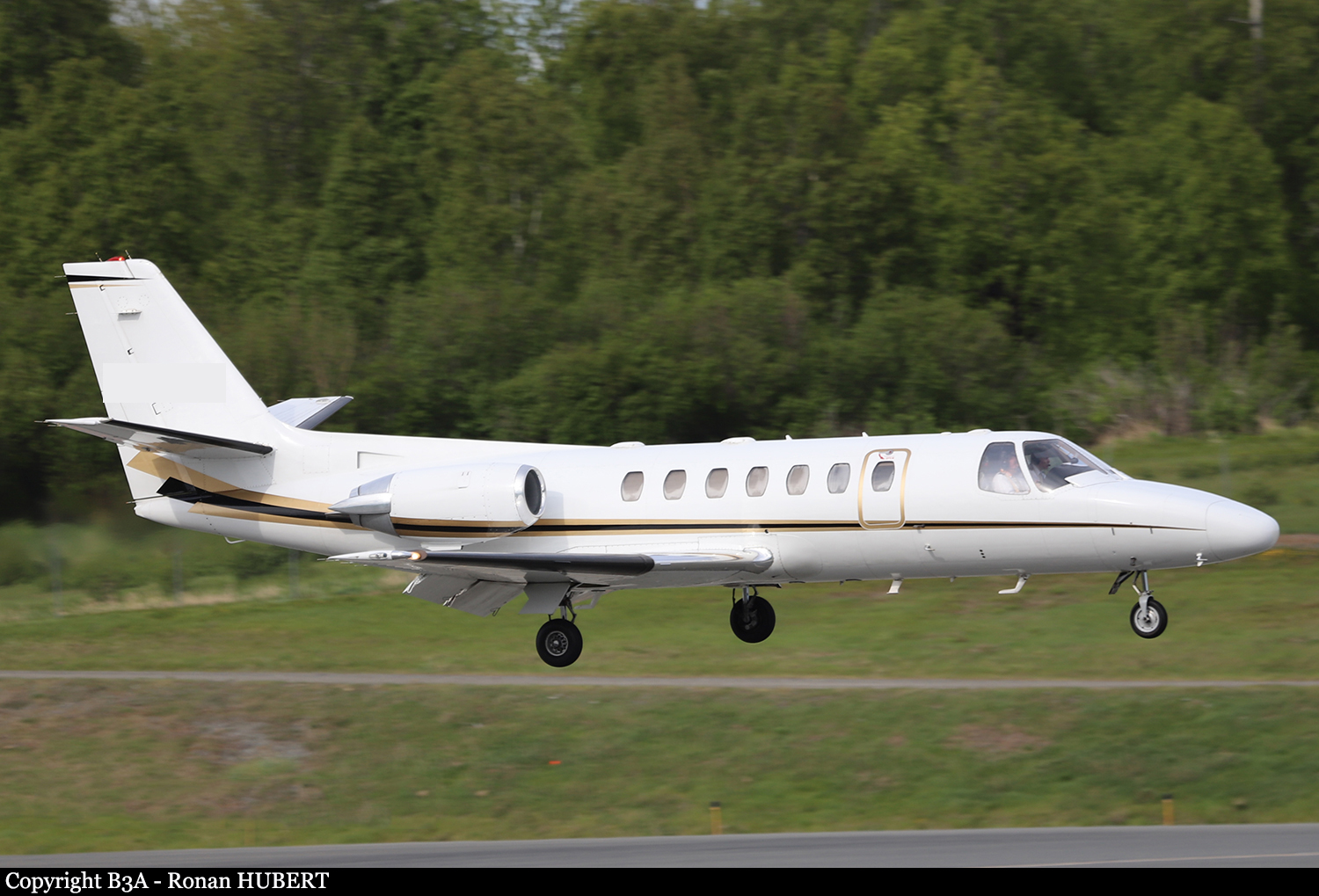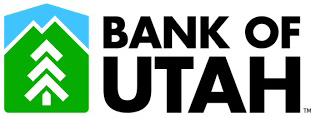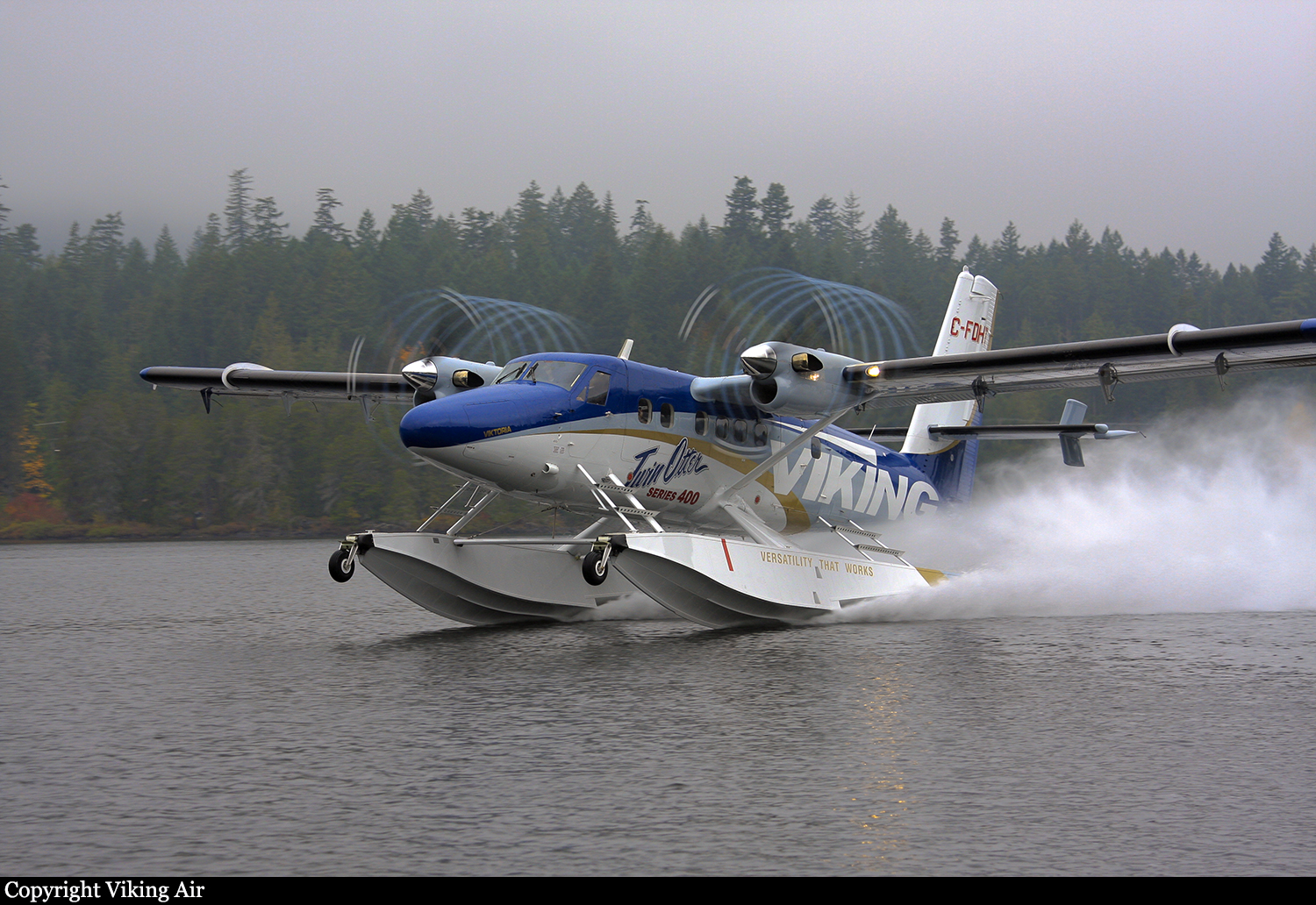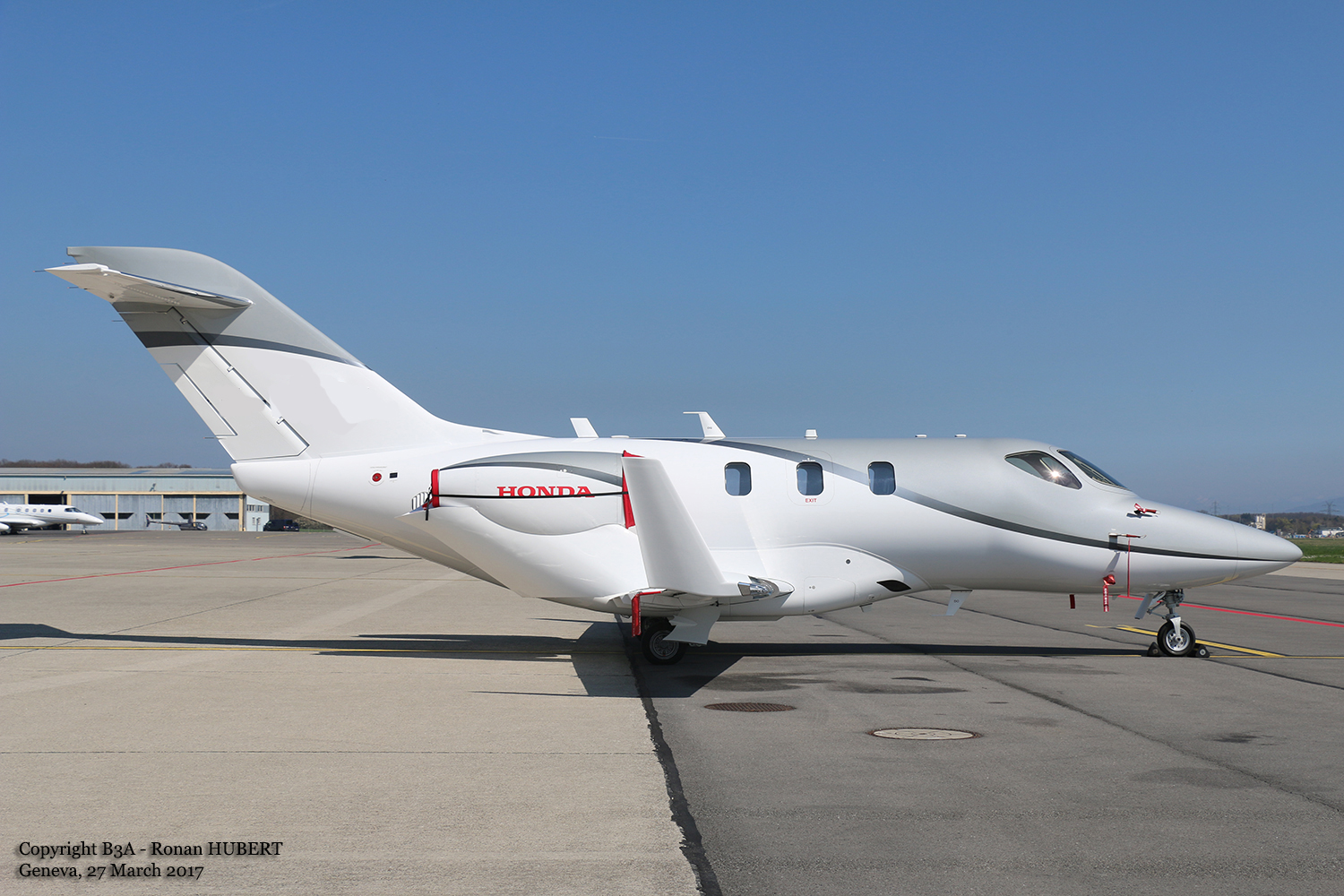Crash of a Cessna 550 Citation II in Temecula: 6 killed
Date & Time:
Jul 8, 2023 at 0414 LT
Registration:
N819KR
Survivors:
No
Schedule:
Las Vegas - Temecula
MSN:
550-0114
YOM:
1979
Crew on board:
2
Crew fatalities:
Pax on board:
4
Pax fatalities:
Other fatalities:
Total fatalities:
6
Circumstances:
On approach to Temecula-French Airport Runway 36 at night, the crew encountered foggy conditions. Due to poor visibility, the crew initiated a go around then made a right hand turn and followed a circuit for a second attempt to land. On short final, at a speed of approximately 130 knots, the airplane impacted the ground and crashed short of runway, bursting into flames. The airplane was totally destroyed and all six occupants were killed.
